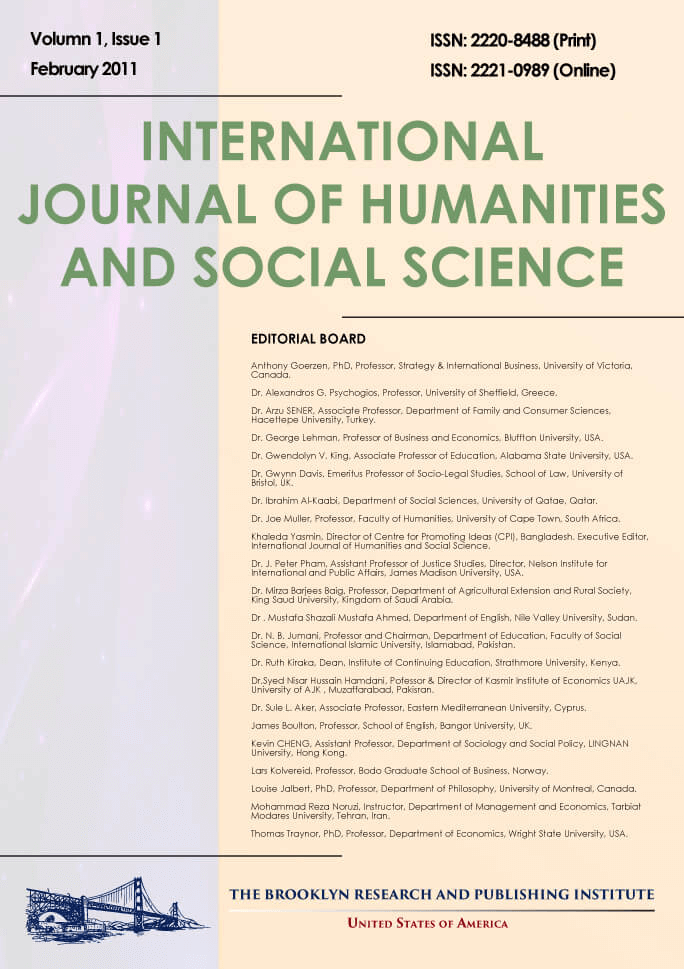 Article Information
Article Information
Understanding Plagiarism to Better Counter It
Sylvie Deslauriers
Abstract
In recent years, there has been an increase in the number of publications devoted to plagiarism. However,
many grey areas remain regarding the factors that compel individuals to commit plagiarism. While cases of
unintentional plagiarism can be understood to some extent, identifying what motivate students to
deliberately plagiarize remains a complex task. It is essential to gain a better understanding of this
phenomenon in order to fight this scourge. The first step is to come up with a definition of plagiarism that
takes into account the many forms it can take. We then need to develop more comprehensive academic
policies to ensure that students are well informed about the consequences of plagiarism. Although prevention
is the area of priority, it is crucial that mechanisms be put in place for detecting and disclosing cases of
plagiarism. Finally, a scale of penalties commensurate with the offence committed should be put in place.
Article History:
Received: 25 January 2025 | Accepted: 27 January
2025 | Published: 7 February 2025
Reviewer(s):
Opted for Confidentiality.
Address for Correspondence:
Sylvie Deslauriers, PhD, Université du Québec à Trois-Rivières, School of
Accountancy, Box 500, 3351 des Forges Blvd., Trois-Rivières, Québec,
Canada, G9A 5H7. Tel: 819-376-5011, ext.
3122.
[email protected]
Article Metrics (Citations):
For the most up-to-date citation information for this article, please refer to
Google Scholar.
Note: Citation statistics will only be available once the article is indexed in Google Scholar.
